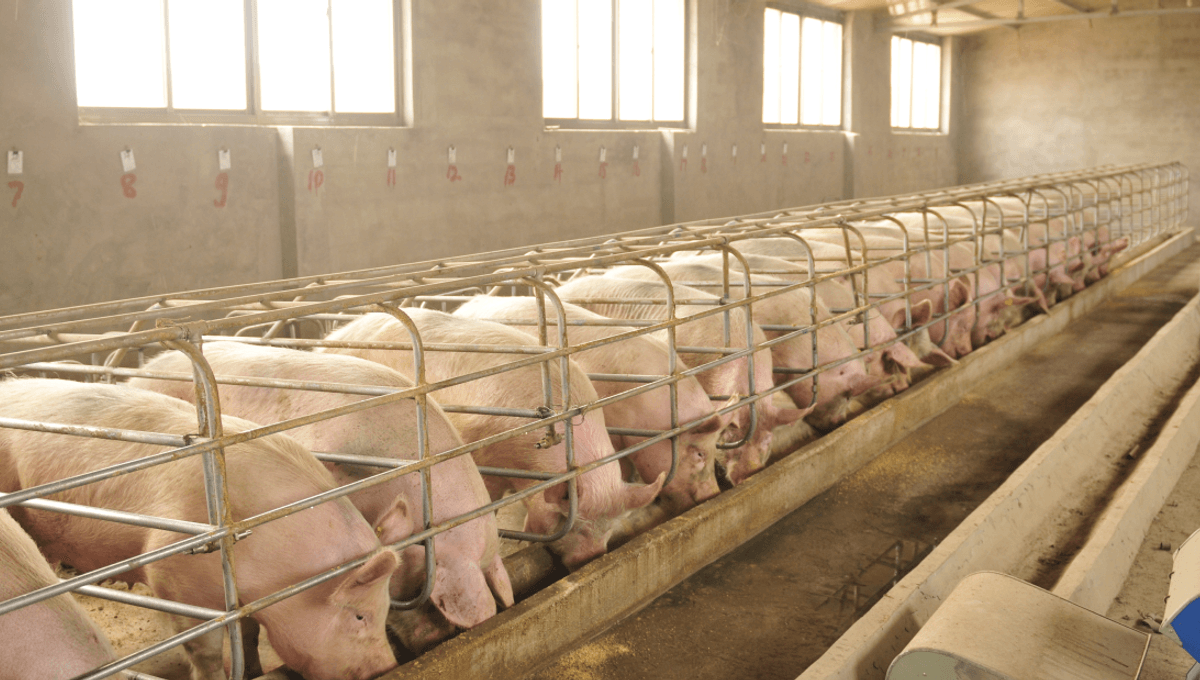
Porcine reproductive and respiratory syndrome (PRRS) has become a global issue, affecting pig farms since around the 1980s. A new type of gene editing hopes to tackle the fatal disease by creating CRISPR pigs that are immune – and it’s expected they could reach the market within two years.
Also known as “blue-ear pig disease,” PRRS is a viral disease that causes minimal symptoms in some animals while killing others. The leading symptoms include reproductive failure, respiratory distress, and a high rate of mortality for piglets.
PRRS is the “most economically significant disease to affect US swine production since the eradication of classical swine fever,” according to the Iowa State University College of Veterinary Medicine. Vaccine programs already rolled out have only been able to reduce symptoms rather than eradicate the disease, which is why scientists began exploring gene editing as an alternative.
Using CRISPR technology, they’ve been able to snip out the part of the DNA that codes for a protein called CD163, the virus’s preferred binding point. The effect is reported to be pigs that are immune to PRRS, but otherwise function normally.
“This is a groundbreaking accomplishment in agriculture toward improving animal health, reducing waste, lowering production costs, and potentially reducing antibiotic use on the farm,” write the authors of a new paper on the research. “Further, applying these learnings to eliminate other livestock diseases that are not only harmful to animals (African Swine Fever) but also to humans (swine influenza) would be a major step to benefit consumers, society, and the environment.”
The project hasn’t been without its setbacks, however. Mosaicism saw some gene-edited pigs displaying the desired change to their DNA in some, but not all, of their cells. Should they reach Food and Drug Administration (FDA) approval, the gene-edited animals will be available as sperm, rather than live animals.
Some have also been critical that the solution is missing the point, stating that traditional farming practices will continue to give rise to new pathogen threats.
“Keeping animals crowded together, and in stressful conditions, provides an ideal environment for pathogens to spread and evolve,” Catherine Jadav of Compassion in World Farming said to New Scientist. “If PRRS-resistant pigs are used to perpetuate the current highly intensive model of pig farming, then other diseases will continue to develop – bringing disease after disease that ‘requires’ new gene-edited animals.”
The study is published in The CRISPR Journal.
Source Link: CRISPR Pigs Immune To Blue-Ear Disease Could Soon Be On The Market